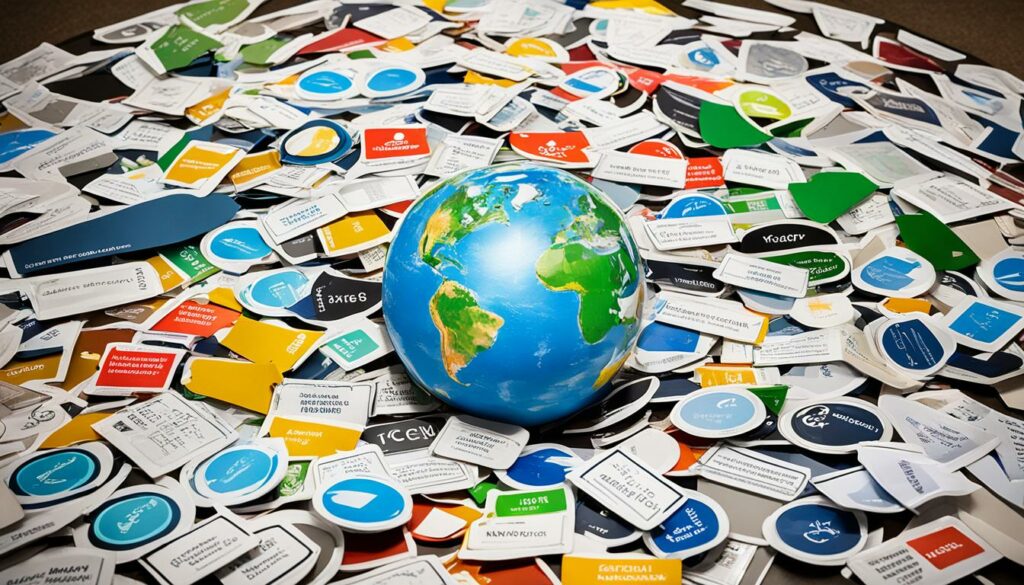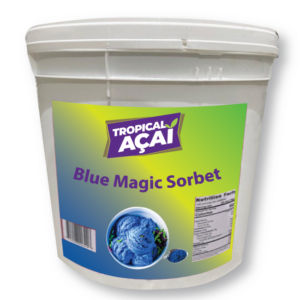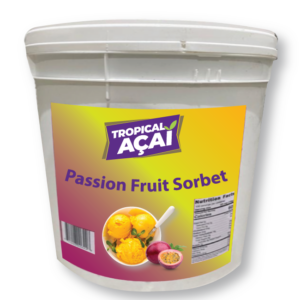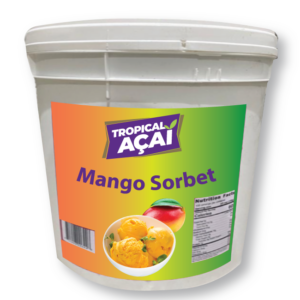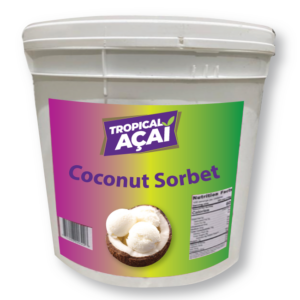Recycling is often seen as a complicated task, but it doesn’t have to be. With a few simple tips, you can make recycling less overwhelming and contribute to a greener future. Have you ever wondered what items can and can’t be recycled? Are you unsure about the best practices for reducing waste during a move or home remodeling project? Join us as we explore sustainable recycling tips and eco-friendly recycling ideas that will change the way you think about recycling.
Key Takeaways:
- Understand what can and can’t be recycled in your area, such as cardboard, newspaper, plastic #1 and #2 containers, aluminum cans, steel cans, and glass bottles and jars.
- Flatten cardboard boxes and ensure that items are empty before recycling to optimize space and prevent contamination.
- Avoid putting non-recyclable items like tissue paper, holiday light strings, plastic bags, and batteries in the recycling bin to prevent issues at recycling facilities.
- Plan meals in advance and reduce food waste by understanding date labels.
- Check your local recycling guidelines for specific instructions and to avoid common mistakes like wishcycling.
Proper Recycling Practices in Different Jurisdictions
Recycling rules vary by city, which can make it confusing for residents. To help you navigate the world of recycling, we have compiled some best practices and effective strategies to ensure you recycle and save.
“Recycling rules vary, but following these best practices can help you make a positive impact on the environment.”
1. Plastic Bags: Drop-off Areas vs. Curbside Bins
Plastic bags are technically recyclable, but they should not be placed in curbside bins. Instead, take them to designated drop-off areas. This helps prevent them from getting tangled in recycling equipment, ensuring a smoother recycling process for other materials.
2. Small Items: Straws, Bottle Caps, and Coffee Pods
Small items like straws, bottle caps, and coffee pods should not be placed in recycling bins. These items can jam recycling equipment and cause delays in the sorting process. Dispose of them properly in the trash to avoid any recycling facility disruptions.
3. Different Types of Plastics: Know the Recycling Capabilities
Not all plastics are created equal when it comes to recycling. Rigid plastics labeled 1 through 7 are the most easily recyclable. Understanding these different recycling capabilities can help you make informed decisions about what to include in your recycling bin.
4. Avoid “Wishcycling”: Keep Non-Recyclables Out of Bins
One common mistake is “wishcycling,” which refers to placing non-recyclable objects in recycling bins in hopes that they will be processed. Unfortunately, this can contaminate entire loads of recyclable materials. It’s essential to be mindful of what can and cannot be recycled to maintain the integrity of the recycling system.
By following these recycling best practices and strategies, you can make a significant impact on waste reduction and contribute to a more sustainable future.
| Recycling Best Practices | Effective Recycling Strategies |
|---|---|
| Take plastic bags to drop-off areas | Avoid placing small items like straws and coffee pods in recycling bins |
| Understand the recycling capabilities of different types of plastics | Avoid wishcycling to prevent contamination |
Reducing Waste During a Move
Moving can be a stressful process, but it’s also an opportunity to minimize waste and contribute to a more sustainable lifestyle. By implementing waste reduction solutions and following recycling tips for beginners, you can make your move more eco-friendly and help protect the planet.
One of the key strategies for waste reduction during a move is proper planning and organization. Take the time to sort through your belongings before packing, and consider selling, donating, or properly disposing of items you no longer need. This not only reduces waste but also lightens your load for the move.
When it comes to packing materials, reusing is the name of the game. Instead of purchasing new boxes and packing supplies, try to find gently used ones from friends, family, or local stores. You can also use alternative materials such as old newspapers or clothing to cushion fragile items.
Purchasing gently used furniture and household items is another great way to minimize waste during a move. Not only can you find unique and affordable pieces, but you’re also reducing the demand for new materials and decreasing the environmental footprint of the moving process.
It’s important to note that certain items, such as electronics, appliances, and hazardous waste, require special handling. Check with your local waste management facility or community organizations for collection events or drop-off locations for these items. Ensuring they are properly disposed of prevents them from ending up in landfills and potentially causing harm to the environment.
By taking these waste reduction solutions into account, you can make your move more sustainable and contribute to a greener future.
Quotes:
“Reducing waste during a move is not only beneficial for the environment but also for the overall efficiency of the process. By planning ahead and reusing materials, you can make your move more eco-friendly.” – Green Living Magazine
Checklist: Waste Reduction During a Move
| Task | Waste Reduction Solution |
|---|---|
| Sorting belongings | Sell, donate, or dispose of items you no longer need. |
| Packing materials | Reuse boxes and packing supplies from friends or local stores. Use alternative materials like old newspapers or clothing as padding. |
| Furniture and household items | Purchase gently used items to reduce the need for new materials. |
| Electronics, appliances, and hazardous waste | Find collection events or drop-off locations for proper disposal. |

Home Remodeling with Recycling in Mind
When it comes to remodeling your home, there are several ways you can incorporate environmentally conscious recycling methods and embrace green living suggestions. By being mindful of waste reduction and recycling during your home renovation project, you can make a positive impact on the environment.
Evaluate Hazards and Plan Ahead
Prioritizing safety and waste management is crucial when remodeling your home. Before starting the project, take the time to assess potential hazards and plan accordingly. This not only ensures the well-being of those involved but also helps with proper waste disposal.
Avoid Wasting Paint
Purchasing only the necessary amount of paint can help minimize waste. Consider calculating the exact quantity required for your project by measuring the surface area you plan to cover. Additionally, finding alternative uses for any leftover paint can prevent it from going to waste.
Dispose of Hazardous Materials Properly
During a home renovation, it’s common to encounter hazardous materials such as paint, solvents, and other chemicals. It’s vital to dispose of these items safely and responsibly. For water-based paints, allowing them to air dry can make disposal easier. However, solvent-based paints should be treated as hazardous waste. Contact your local municipality or waste management facility for guidance on proper disposal methods.
Recycling Asphalt Shingles
If you’re considering a re-roofing project, remember that asphalt shingles can often be recycled. By working with a reputable roofing contractor or recycling facility, you can divert these materials from the landfill and contribute to a more sustainable construction industry.
Consider Reusing and Donating Materials
Instead of discarding items from your renovation, consider reusing or donating them. Materials and fixtures that are still in good condition can find new life in other projects or through organizations like Habitat ReStore. This not only reduces waste but also contributes to the circular economy.
| Recycling Tips for Home Remodeling | Benefits |
|---|---|
| Plan ahead and evaluate hazards. | Enhanced safety and proper waste management. |
| Purchase only necessary paint and find alternative uses for leftovers. | Minimizes waste and saves resources. |
| Dispose of hazardous materials properly. | Protects the environment and avoids potential harm. |
| Recycle asphalt shingles during re-roofing projects. | Helps divert waste from landfills and promotes sustainability in the construction industry. |
| Consider reusing and donating materials and fixtures. | Reduces waste and contributes to the circular economy. |
Implementing these environmentally conscious recycling methods and embracing green living suggestions during your home remodeling project can make a significant difference in reducing waste and promoting sustainability.
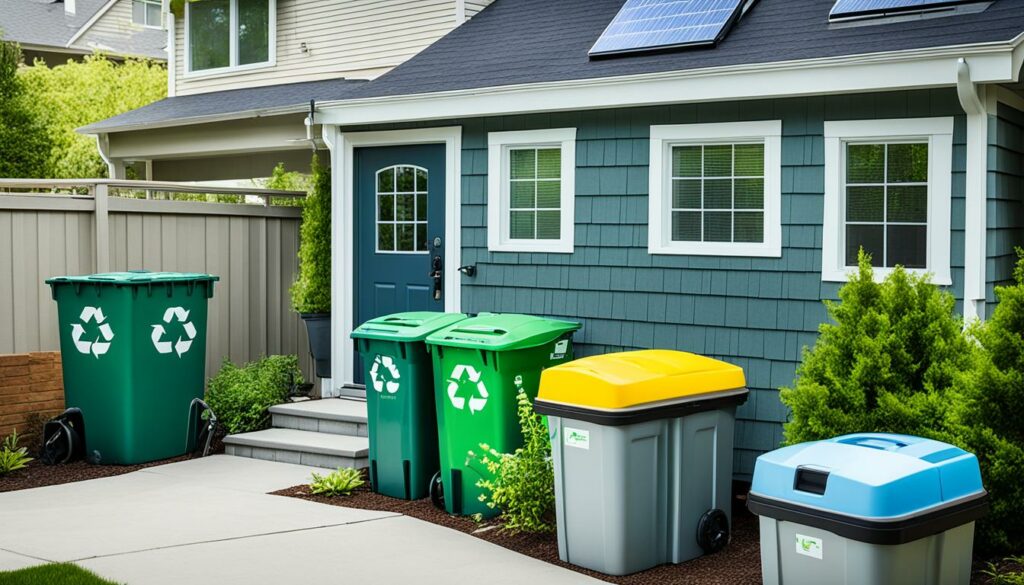
Recyclable Materials and Common Mistakes
Not all materials are recyclable, and it’s important to know what can and can’t be recycled. Some common items that cannot be recycled include plastic-coated coffee cups, laminated paper, and paper-bubble wrap envelopes. These items cannot be separated and should be considered trash.
Plastic recycling can also be tricky. While plastics labeled with #1 and #2 are generally accepted for recycling, other types of plastics can be more challenging. It’s important to check with your local recycling facility to see which types of plastics they accept.
Another common mistake is recycling items like plastic bags, films, and tearable paper. These items can cause issues at recycling facilities and should not be included in your recycling bin. Instead, look for designated drop-off locations for plastic bags or consider reusing them.
To ensure that your recyclable materials are properly processed, it’s essential to sort them correctly. Take the time to familiarize yourself with the guidelines provided by your local recycling program. This will help you avoid contamination and maximize the effectiveness of your recycling efforts.
“Properly sorting and understanding what can be recycled will help ensure that your recyclable materials are properly processed.”
By following these recycling best practices, you can make a positive impact on the environment and contribute to a more sustainable future.
Common Mistakes in Recycling:
- Placing plastic-coated coffee cups, laminated paper, and paper-bubble wrap envelopes in the recycling bin
- Including non-recyclable plastics in the recycling bin
- Recycling plastic bags, films, and tearable paper
Recycling Best Practices:
- Familiarize yourself with the recycling guidelines provided by your local recycling program
- Separate recyclable materials from non-recyclable items
- Consider reusing or repurposing items instead of throwing them away
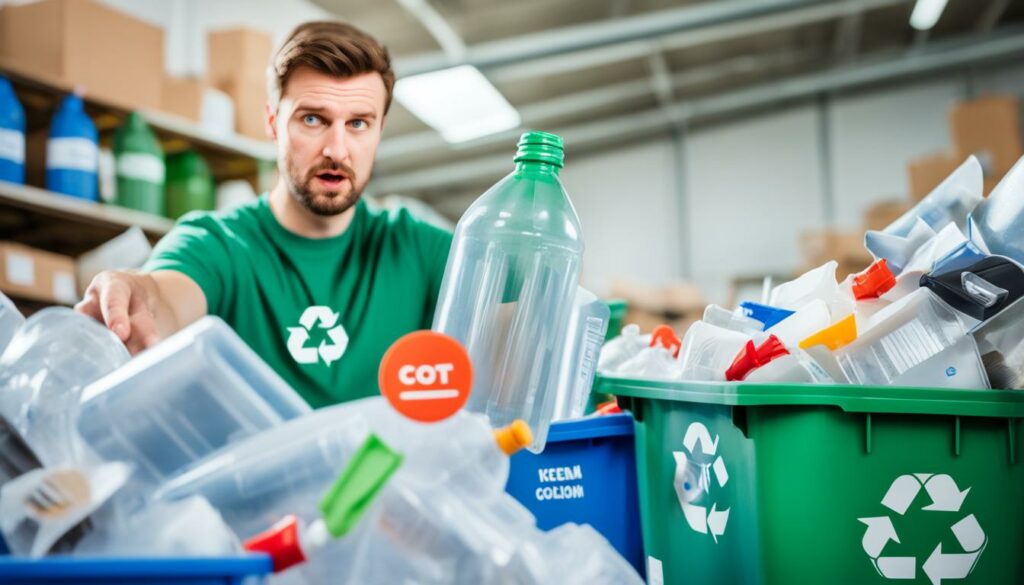
Conclusion
Recycling is not just a trend; it is a vital practice that helps reduce waste and protect our environment for future generations. By embracing proper recycling practices, we can all contribute to a greener future. It all starts with knowing what can and can’t be recycled. Educate yourself on the guidelines provided by your local recycling center to ensure you’re doing it right.
One of the key aspects of successful recycling is avoiding wishcycling. Wishcycling refers to the habit of tossing non-recyclable items into the recycling bin in hopes that they will somehow be recycled. However, wishcycling can contaminate the recycling stream, causing more harm than good. Remember, it’s better to be cautious and dispose of non-recyclable items properly.
It’s not just our day-to-day habits that matter; even during significant life events like moving or home remodeling, we can make a positive impact on the environment. By planning ahead and considering waste reduction solutions, such as reusing packing materials or donating usable items, we can minimize the waste generated during these processes.
So let’s take a pledge to recycle responsibly, conserve resources, and reduce waste. Together, we can make a difference in preserving our planet for future generations. With your commitment and the right recycling tips, we can all contribute to a more sustainable and eco-friendly world. Let’s recycle, save, and create a brighter future!
FAQ
What are some recycling suggestions?
Some recycling suggestions include flattening cardboard boxes, ensuring items are empty before recycling, and avoiding putting items like tissue paper, holiday light strings, plastic bags, and batteries in the recycling bin.
What are some effective recycling strategies?
Effective recycling strategies include understanding local recycling rules, avoiding “wishcycling,” and properly sorting and separating recyclable materials.
How can I reduce waste during a move?
To reduce waste during a move, you can plan ahead and sort through belongings to sell, donate, or properly dispose of items. Reusing boxes and packing materials and purchasing gently used furniture can also help minimize waste.
How can I incorporate recycling during a home remodeling project?
To incorporate recycling during a home remodeling project, you can plan the project and evaluate hazards beforehand, dispose of hazardous materials properly, and consider reusing or donating materials and fixtures in good condition.
What materials cannot be recycled?
Materials that cannot be recycled include plastic-coated coffee cups, laminated paper, paper-bubble wrap envelopes, and certain non-recyclable plastics like plastic bags and films.
How can I contribute to environmentally friendly recycling practices?
You can contribute to environmentally friendly recycling practices by following proper recycling practices, reducing wishcycling, being mindful of waste during moves and home remodeling projects, and checking local recycling guidelines for specific instructions.

